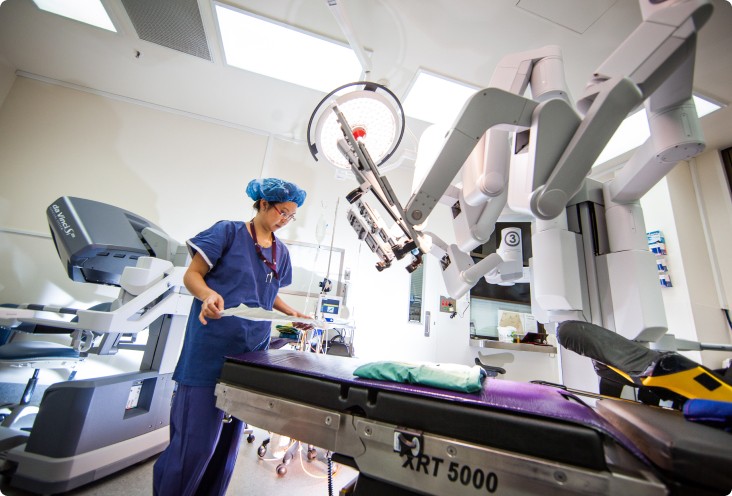Conditions like irritable bowel syndrome (IBS) or inflammatory bowel disease (IBD) can cause abdominal pain, bloating, and changes in bowel habits, often overlapping with pelvic pain.
These conditions are associated with specific symptoms, risk factors, and treatment options. Diagnosing and treating these conditions can significantly alleviate pain and improve quality of life.
When pelvic pain persists for six months or longer without a clear diagnosis, it is termed Persistent Pelvic Pain (PPP). This type of pain often involves multiple overlapping factors and requires a more nuanced approach to management.
PPP often involves musculoskeletal, neurological, or psychological factors, such as pelvic floor tension myalgia, central nervous system sensitisation, and past trauma.
Two of above
Management focuses on diagnosing and treating the underlying condition:
Managing PPP involves a comprehensive, interdisciplinary approach:
Pelvic pain is not just a symptom—it is a complex condition requiring recognition, understanding, and comprehensive care. By addressing the unique needs of those experiencing condition-specific pain and PPP, we aim to empower individuals to take control of their health and enhance their quality of life.
The National Strategic Action Plan for Pain Management recognises pelvic pain as a significant health issue, profoundly impacting physical, emotional, and social well-being. It emphasises the need for a comprehensive, multidisciplinary approach to care, integrating physical, psychological, and social aspects of pain management. Key strategies include promoting early intervention to prevent chronicity, empowering patients with tools to self-manage their pain, and improving access to evidence-based, interdisciplinary care. By fostering education and raising awareness, the plan aims to reduce stigma and ensure timely diagnosis and effective treatment.
To address disparities in access to care, particularly in rural and underserved populations, Australia is expanding telehealth services and pain management programs. Community-driven organisations, such as the Pelvic Pain Foundation of Australia and the Australian Pain Society, play a pivotal role in education, advocacy, and support for patients and healthcare providers. Through these initiatives, the plan seeks to enhance the quality of life for individuals living with pain while minimising its broader societal impact, ensuring equitable care and opportunities for all Australians.










We are a general gynaecology and infertility treatment clinic based in Melbourne, dedicated to the latest minimally invasive gynaecological diagnostic and surgical techniques. We are leaders in laparoscopic and cutting-edge robotic surgery.
If you have a question about a condition or treatment, or would like to book an appointment, please get in touch.